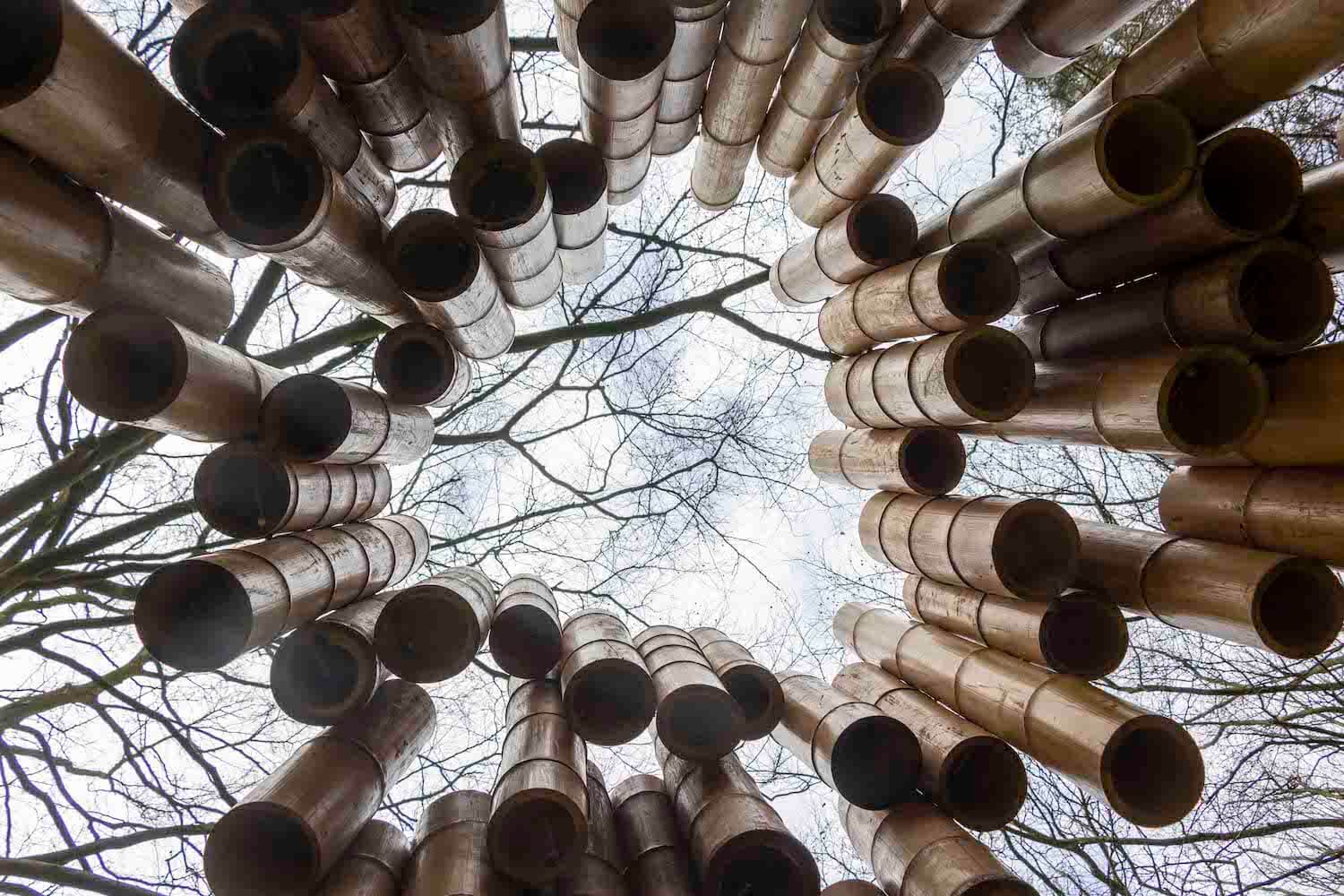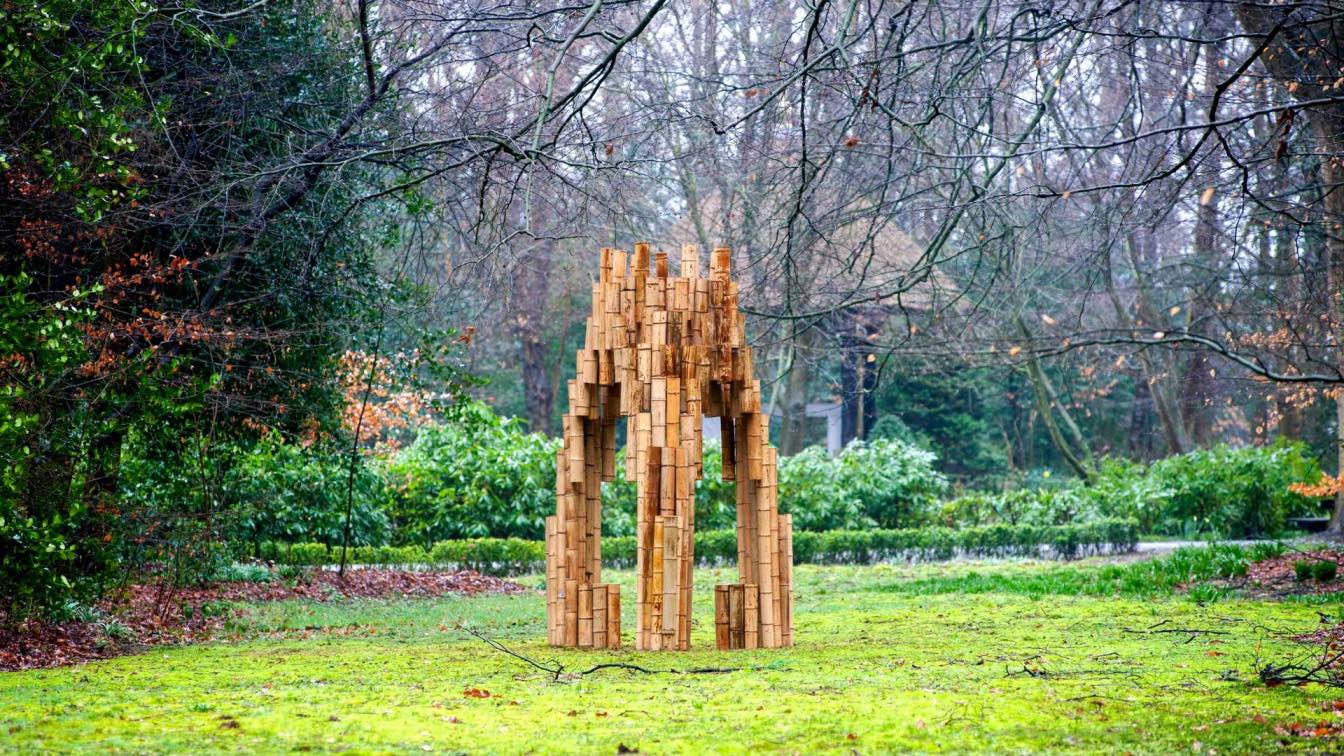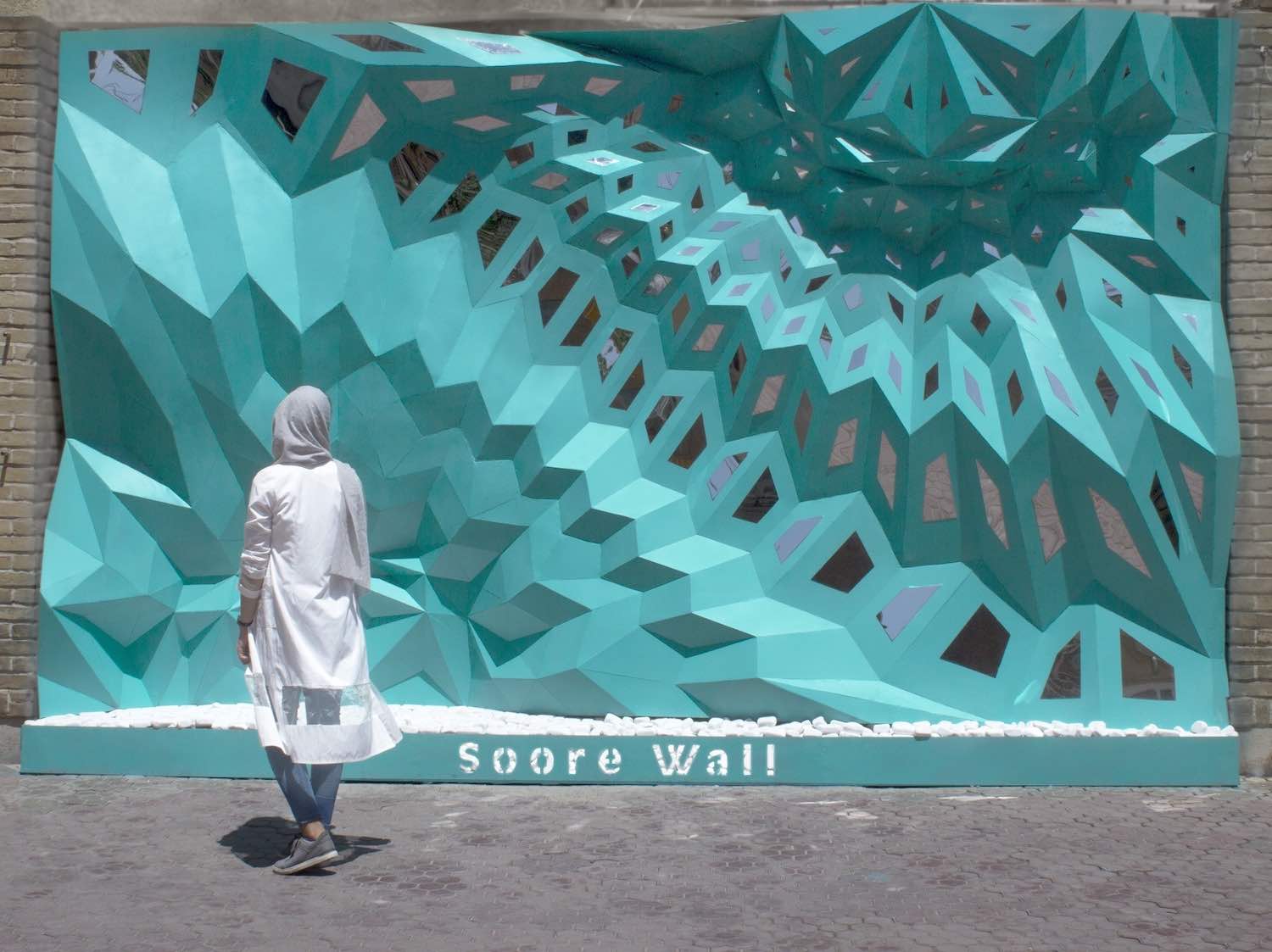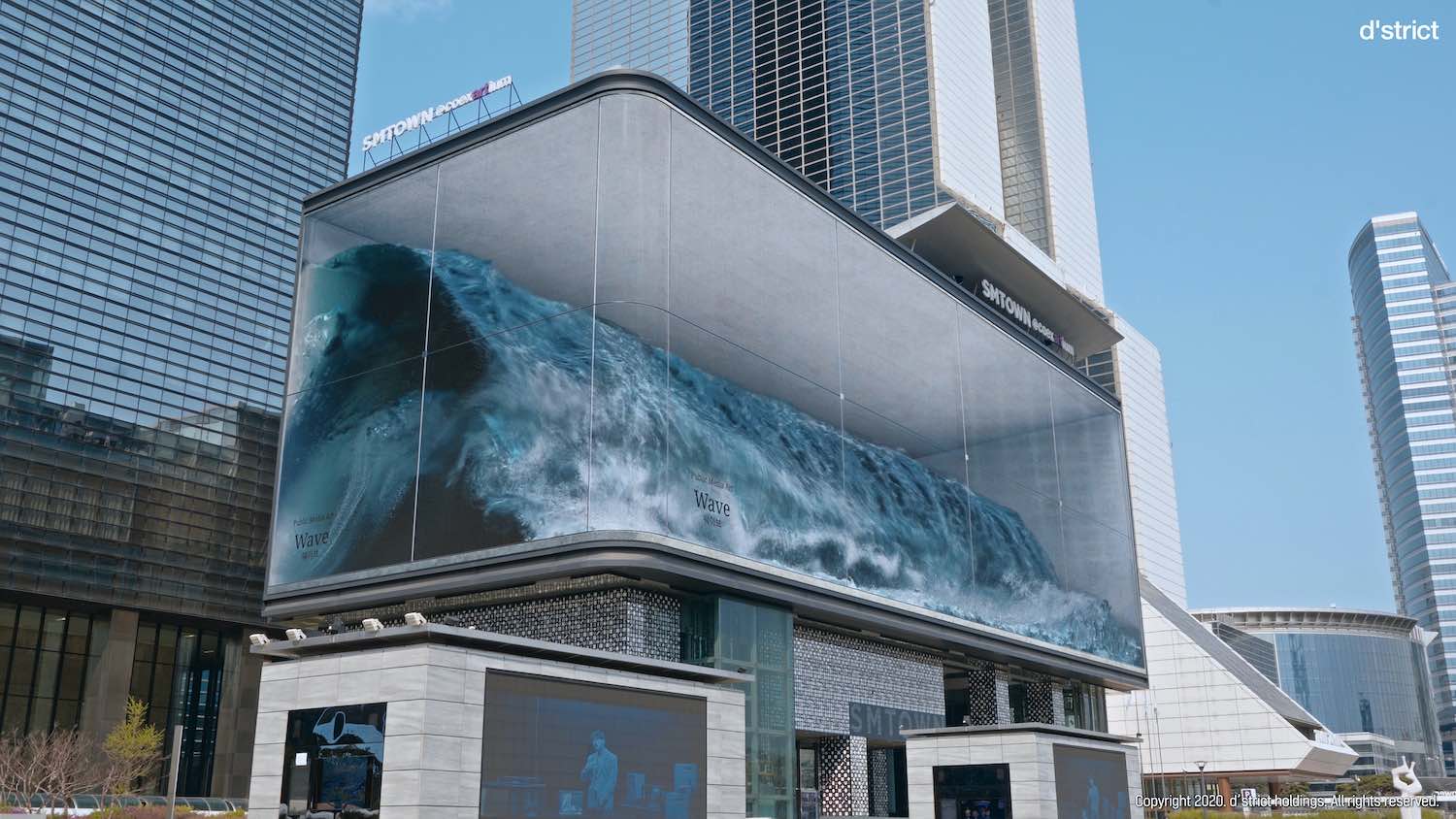Abelen Architectuur: Boomkapel (translated tree chapel) is a work of art made of bamboo for the outdoor exhibition An ode to nature. The tree chapel is inspired by a field chapel and the architecture of the Onze Lieve Vrouw ter Nood sanctuary in Heiloo. A chapel is a place of worship and often contains a statue or painting. In the tree chapel, the tree is central and there is room for reflection and contemplation. The chapel offers protection to a young tree and represents the vulnerable position of nature in society. The tree chapel stimulates the connection with the natural environment and tries to stimulate wonder about nature.
the beginning: an ode to nature
Nature, the world in which we live is special. How often are we not touched by a beautiful sunrise or sunset, the chirping sound of birds, breathtaking silence in the mountains or the diversity of colors of leaves in spring or autumn? This does us marvel.
At the outdoor exhibition "In the beginning: ode to nature" you will find seven works of art, each made by different artists or architects. Each work of art is inspired by the text from Genesis associated with that particular day. Although the artists themselves are not necessarily religious, they have been inspired by these texts and expressed this in their artwork.
Those who visit the sanctuary Onze Lieve Vrouw ter Nood between March 25 and September 25, 2023, are invited to discover the pilgrimage site as a place for rest and reflection. The exhibition is framed by a versatile public program full of activities that match the theme. The seven works of art were specially made for this exhibition and carefully selected from no fewer than 87 entries. The exhibition can be visited daily free of charge.

Participating artists
Timon Hagen – Creation Day 1
Martijn Duifhuizen – Creation Day 2
Ellen Rijsdorp en Mariska Mallee – Creation Day 3
Charlotte Brand – Creation Day 4
Esther Hoogendijk – Creation Day 5
Meg Mercx – Creation Day 6
Rick Abelen – Creation Day 7
Design
Boomkapel is a work of art made of bamboo for the outdoor exhibition In the beginning: an ode to nature. The tree chapel is an ode to creation. The artwork tries to interpret the role of nature in contemporary society. By bringing the natural beauty to the attention in a special way, the connection between man and nature is made visible.
The tree chapel is inspired by a field chapel and the architecture of the Onze Lieve Vrouw ter Nood sanctuary in Heiloo. The word chapel is derived from the Latin word capella, which means cloak. A chapel is a place of worship and often contains a statue or painting. An example of such a structure is a Maria chapel. In the tree chapel, the tree is central and there is room for reflection and contemplation. The design of the artwork ensures that people can view the tree up close.
The artwork contains a lot of symbolism. For example, the triangular plan of the chapel is derived from the Holy Trinity. The tree chapel stimulates the connection with the natural environment and tries to stimulate wonder about nature.

Creation Day 7 – Rest Day
The tree chapel symbolizes growth and shows how growth ensures development and new life. By giving the tree love, people can experience what respect for nature can lead to.
The tree chapel is a place to relax and reflect on the relationship between man and nature. Silently musing in the niches of the chapel. This creates new perspectives and allows people to gain more insight into their identity and the challenges of contemporary society. Based on this day, the theme is visualized and the pursuit of sustainable care for nature is given substance.
The tree
The tree symbolizes bloom, stability, life, healing and hope. At a time when nature is under pressure, the connection between humans and nature is more relevant than ever. As a society, we must be careful with nature. The chapel offers protection to a young tree and represents the vulnerable position of nature in contemporary society. The tree chapel is positioned in the green between the pilgrimage chapel and the pond.

Material and technique
The tree chapel is made of bamboo poles. Bamboo is a giant grass that is naturally degradable. The growth rate of bamboo is very high. Sustainable materials such as bamboo can contribute to a better world. The tree chapel is an example of sustainable building. Bamboo is a versatile building material with many possibilities. It is sturdy, flexible and light. The wood-like material blends into the natural environment and atmosphere of the sanctuary. The poles are staggered in relation to each other, so you always look at the artwork differently.
The choice of materials for the chapel is based on the deeper meaning of the seventh day of creation. In Japan, the symbolism of bamboo is important. Bamboo is a symbol of steadfastness, recovery, growth, hope and resilience. Be like bamboo: patient, strong and flexible.
The tree chapel is made up of more than 100 bamboo poles with a diameter of approximately 11 centimeters. The artwork was prepared in 12 sections so that it could be easily transported to the sanctuary. The tree chapel was built and finished on location. The tree chapel is 3 meters high and has an area of approximately 2 m2. Each facade has a length of about 2 meters. Poles of 2 - 1.75 - 1.5 - 1 - 0.75 and 0.5 meters are used.
The poles are connected by bolts and nuts, which means that the entire construction can be dismantled, and all materials can be reused or recycled. The tree chapel is made with six different lengths of poles according to a sawing plan. The construction is slid over 3 wooden posts and bolted. This way the whole is firmly anchored in the ground and the underlying nature is affected as little as possible.

Onze Lieve Vrouw ter Nood
Onze Lieve Vrouw ter Nood in Heiloo in North Holland is the largest Marian pilgrimage site in the Netherlands. The history of the sanctuary dates to the end of the 14th century. In the forecourt of the Chapel of Grace there is a well with healing water. During the Reformation, the chapel was destroyed and the well filled in with rubble from the chapel. In 1713, during the cattle plague, water welled up with power from under the rubble. History shows that the animals that drank from this water survived the cattle plague. Today, tens of thousands of people each year find their way to the six-hectare sanctuary, with its Chapel of Grace and Runxputte (water well), surrounded by a park.














